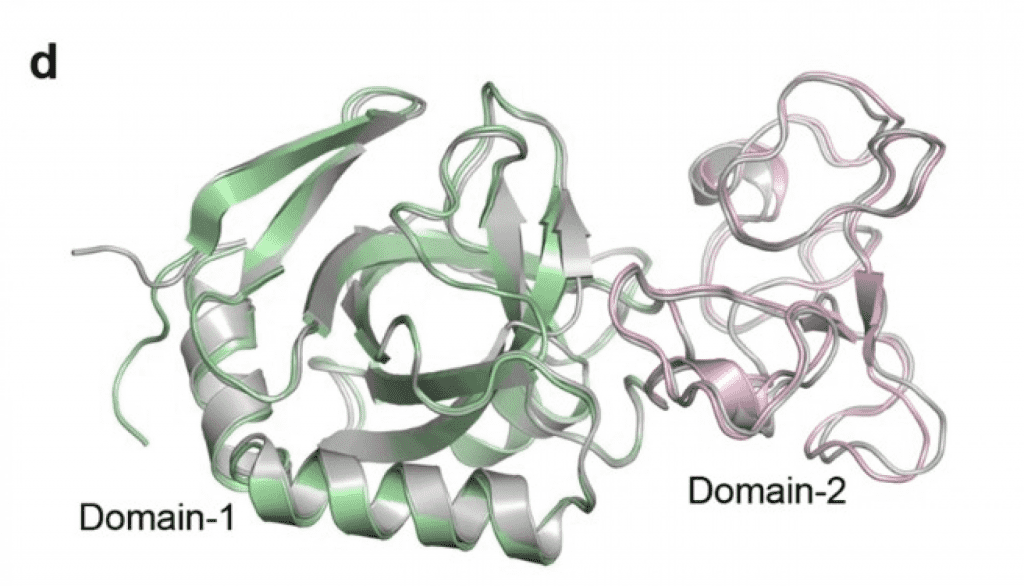A new gene has been discovered by the researchers at the SLAC National Accelerator Laboratory in California that has been primarily found in the viruses existing in the soil, but these viruses can survive even without the presence of this gene. Not only this, this unnecessary gene is also somehow responsible for the synergy among organisms present in the soil, as per the reports. It should be noted that there are billions of microorganisms present in the soil in the form of viruses, bacteria, fungi, and other molecules. All of them are responsible for the improved productivity of the soil. But this non-essential gene that has been recently discovered by researchers in viruses of the soil called “Auxiliary Metabolic Genes (AMGs)” has intrigued the scientists.

As of now, scientists have a vague idea about these genes and are not confirmed regarding the purpose behind their existence. However, after some research, they thought of it being involved in the carbon cycling process. For this, the researchers took a crystallized sample of protein, which was protected by the walls of AMG, and then scanned it through X-rays. The process confirmed that the protein is molecularly structured and, based on this, the scientists continued their research to identify its function. Not to mention, the findings of this research have been published in the journal “Nature Communications”.

According to Clyde Smith, who is a senior researcher at Stanford Synchrotron Radiation Lightsource’s (SSRL) Beam Line at SLAC, “We saw the location of every atom in the viral protein, which helps us figure out how it functions. We were amazed to see that the protein resembles known atomic structures of related bacterial and fungal enzyme families but also contained totally new pieces.” However, it was later found that it was not an easy task to extract the minute details from this protein structure.

For this, scientists took around 5,000 images of this crystallized protein and then joined all of them together in order to identify the nature of the enzyme. At last, they came to know that this AMG protein structure is called chitosanase and it depicts the breaking nature of chitin. Not only this, the images reveal another interesting insight. It has been found that the structure is somewhat similar to an enzyme called glycosyl hydrolase GH45. It is a carbohydrate metabolizing enzyme, but there are some similarities between chitosanase and GH45.
As Smith said, “There is a part of the enzyme that is completely new and novel. That’s what’s exciting to me as a structural biologist—to see something we have not seen before, and then try to figure out what its role might be.”


